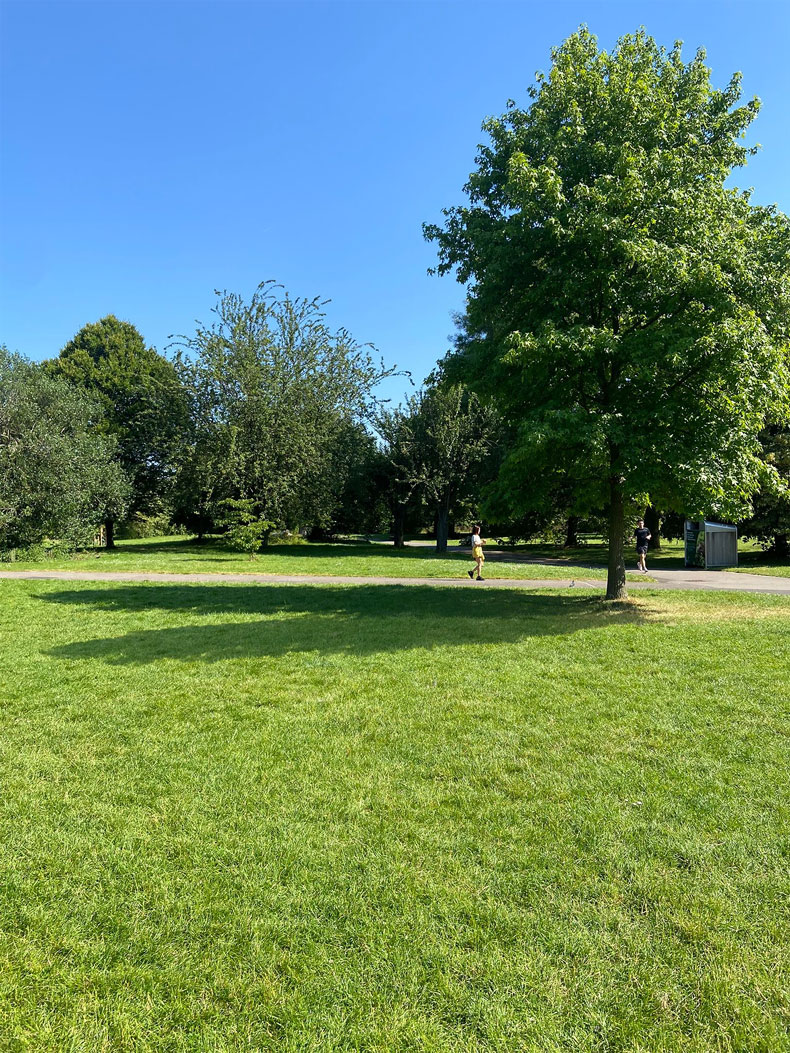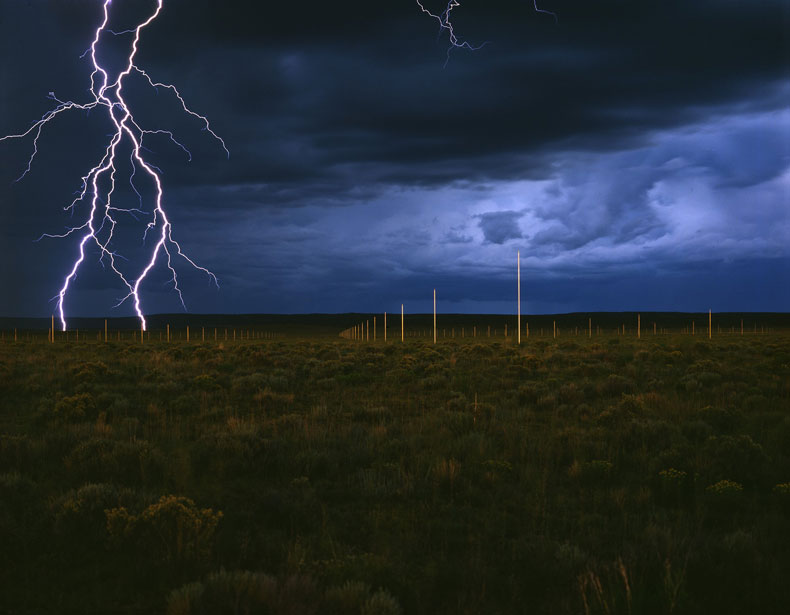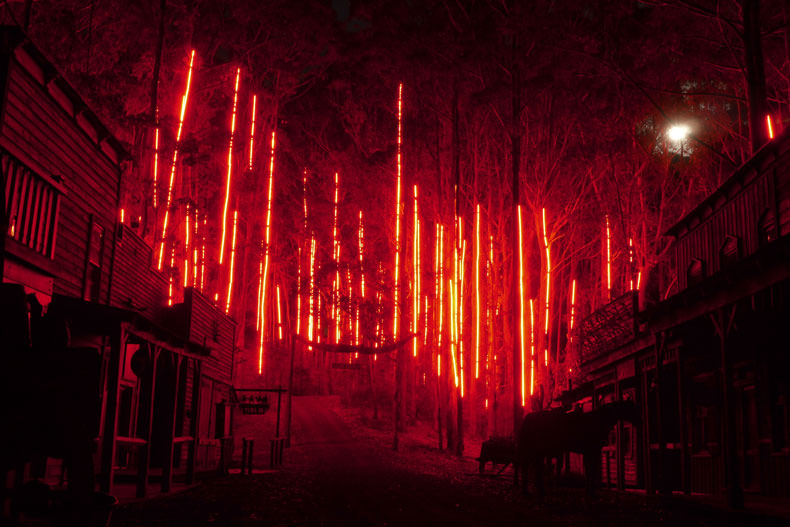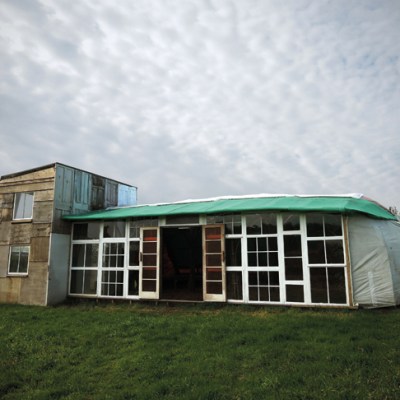
 ‘Four things to see’ is sponsored by Bloomberg Connects, the free arts and culture app. Bloomberg Connects lets you access museums, galleries and cultural spaces around the world on demand. Download the app here to access digital guides and explore a variety of content.
‘Four things to see’ is sponsored by Bloomberg Connects, the free arts and culture app. Bloomberg Connects lets you access museums, galleries and cultural spaces around the world on demand. Download the app here to access digital guides and explore a variety of content.
Each week we bring you four of the most interesting objects from the world’s museums, galleries and art institutions, hand-picked to mark significant moments in the calendar.
As Frieze Sculpture returns to Regent’s Park in London, we consider the relationship between sculpture and landscape, which have shaped each other and our understanding of natural spaces for centuries. This relationship is not just about placing art in a picturesque locale; it’s about the profound ways in which artists draw inspiration from the natural world, engaging with its forms, textures and rhythms to create works that both complement and challenge their surroundings. Whether the setting is a grand historic garden or a modern sculpture park, sculpture and landscape are often in fruitful symbiosis.
Taking our cue from Frieze Sculpture, which opens today and features a variety of works by 22 international artists, we take a stroll by four sculptural works that stand amid landscapes around the world.
The Shadow (2024), Albano Hernández. Courtesy Pi Artworks; © the artist

The Shadow (2024), Albano Hernández
Regent’s Park, London
Albano Hernández’s The Shadow is an ephemeral, site-specific piece that uses non-toxic grass paint to trace the silhouette of a sweetgum tree in Regent’s Park. As the sun moves, this painted shadow resembles the tree’s natural one, creating a momentary connection between the natural and synthetic. This subtle intervention in the landscape invites viewers to reconsider the boundaries between art and nature, emphasising the fleeting beauty of both. Find out more on the Bloomberg Connects app by clicking here on your mobile device, or by scanning the QR code at the bottom of this page.
The Lightning Field (1977), Walter De Maria. Catron County, New Mexico. Photo: John Cliett; courtesy Dia Art Foundation, New York; © Estate of Walter De Maria

The Lightning Field (1977), Walter De Maria
Catron County, New Mexico
Walter De Maria’s The Lightning Field is a monumental land art installation comprising 400 stainless steel poles arranged in a grid across a remote New Mexico desert. The poles are supposedly designed to attract lightning, though the work’s power lies in its interaction with the landscape over time. Visitors are encouraged to experience the work at different times of day, allowing the shifting light and shadows and the vastness of the desert to alter their perception. De Maria’s work challenges traditional notions of sculpture, transforming the landscape itself into a living, dynamic component of the artwork. Click here to find out more.
Resonance (1994–99), Chen Zhen. Photo: Cary Markerink; © Kröller-Müller Museum, Otterlo

Resonance (1994–99), Chen Zhen
Kröller-Müller Museum, Otterlo
Chen Zhen’s Resonance is a striking installation composed of steel, concrete, megaphones and burnt chairs. The piece explores the tension between destruction and communication, with the megaphones symbolising voices that can no longer be heard. Set within the tranquil surroundings of the Kröller-Müller Museum’s outdoor collection, the work creates a powerful contrast between its industrial materials and the natural environment. Resonance reflects Chen’s broader exploration of cultural adaptation and the interplay between human experiences and nature, inviting viewers to meditate on history and the resilience of the human spirit. Click here to find out more.
Saddleblaze (2008), Peter Roche. Gibbs Farm, Kaipara Harbour

Saddleblaze (2008), Peter Roche
Gibbs Farm, Kaipara Harbour
Peter Roche’s Saddleblaze is a large-scale light installation at Gibbs Farm in Kaipara Harbour, New Zealand, featuring 100 LED units stretched across 1.1km of rolling landscape. As night falls, Saddleblaze transforms the landscape into a dynamic, luminous artwork, challenging viewers to engage with the environment in a new way. Roche’s work reflects his interest in the intersection of art and technology, while also evoking the primal beauty of fire and light within the landscape. Click here to find out more.
![]() ‘Four things to see’ is sponsored by Bloomberg Connects, the free arts and culture app. Bloomberg Connects lets you access museums, galleries and cultural spaces around the world on demand. Download the app here to access digital guides and explore a variety of content or scan the QR code.
‘Four things to see’ is sponsored by Bloomberg Connects, the free arts and culture app. Bloomberg Connects lets you access museums, galleries and cultural spaces around the world on demand. Download the app here to access digital guides and explore a variety of content or scan the QR code.


